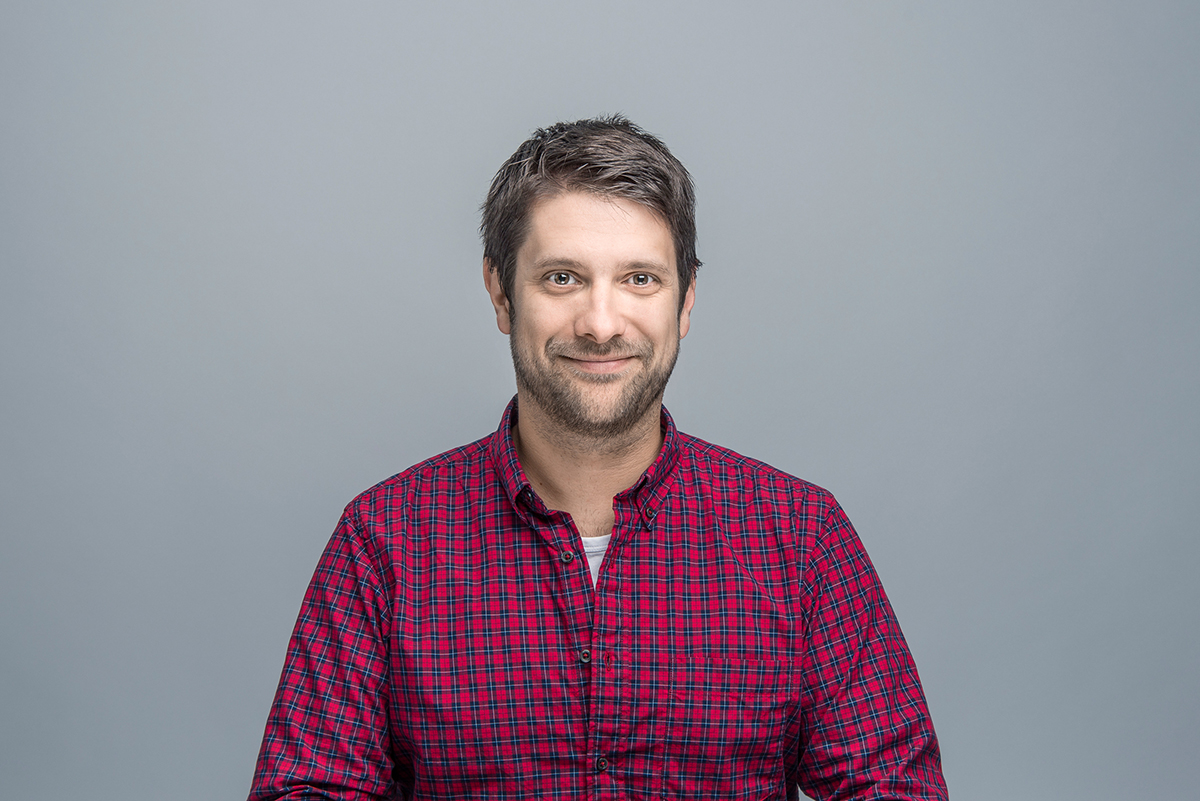The power of speculative design in strategy development and mobilization.
The future is a central point for corporate strategy. But no one really knows the future, let alone the way to get there. Patrick Ensslin from Hotz Brand Consultants shows what can be done to find the way to the future.

When companies work on their strategy, there is always only one issue at stake: the future. The aim is to set the right course today and to do the right thing over the coming years so that a specific goal is achieved at a more or less precisely defined point in time.
Learning from the past?
Often, the first look goes to the past. What worked in the past? Why are we where we are today? Drawing conclusions from history for tomorrow's success can help, but is always marked by hindsight bias, or affectionately the "I've-always-known" phenomenon, which makes everything that has happened seem logically predictable. For example, corporate success or failure tends to be inextricably linked to the performance of a company's CEO, events outside one's own radius of action tend to be ignored, and the role of luck and chance is underestimated.
The result: correlation is interpreted as a causal relationship, statements about the future are formulated too one-dimensionally, recipes for success from the past are recycled. Those who only want to shape their future on this basis will probably be surprised - and most likely will not do anything really new. A death sentence in a constantly changing world.
Yes, but...
We do not advise against looking at what has made the company successful in the past. But you have to read between the lines there. Look not only at the results, but also at the attitude and the strengths that were built on in the past and that will continue to drive success in the future. A company's brand lies right here - in the expectations it triggers in people. You have to know them and use them.
But how to project knowledge of the past forward? How can companies judge whether the path they have chosen will actually result in the future they want? One answer is called speculative design.
Looking into tomorrow = Better decisions today
Psychologist Hal Hershfield and his team at Stanford University have produced an impressive example of the power of a visualized future. Volunteers participating in his experiment were brought into a virtual reality environment in which they could look at themselves in the mirror, among other things. Hershfield showed half of the participants a digitally aged version of their face. Afterwards, the behavior of the participants was observed. It turned out that just the sight of their future selves was reason enough for many of them to start paying more into their retirement savings from that day on. The conscious perception of the future led to better strategic decisions. This is exactly what Speculative Design is all about.
What is Speculative Design?
Speculative design is the deliberate "thinking through to the end" of decisions made and visualizing what that means for the future. They are strategy concept cars. Tangible realities by which one can see where the chosen course will lead.
Speculative design - how to do it
The procedure is quickly explained. Signals form the basis for the design process. This means everything that can have an influence on the future: Technologies, trends, social or scientific developments, or even the company's own business strategy or a product innovation. The signal is then projected into future scenarios. Every conceivable consequence of the signal is mapped and thus forms the field of the possible future.
Within this field there are plausible, and in turn more probable and less probable futures. And these are visualized. No matter in which form - as a story, as a picture, as a product prototype, as a film. The only important thing is that the prototype triggers an idea of the implications that the signal may have in the future. And these implications in turn provide important impulses for shaping the future.
Either it becomes immediately clear that this is not the future envisioned, or an inspiring piece of corporate ambition emerges. In both cases, speculative design makes an important contribution to the strategy.

Use speculative design
In our work, we have repeatedly used Speculative Design as a strategy visualization method. We have shown companies what product innovations should be on the chosen strategy path. We have shown what a world feels like where urgent problems are suddenly solved that the company has almost come to terms with today. We provided glimpses into future realities that enabled decision makers to immediately and intuitively say a clear "yes" or "no." The clarity and energy that emerged was always impressive.
* Patrick Ensslin is Brand Experience Director and Member of the Executive Board at Hotz Brand Consultants. As a seasoned expert in audiovisual brand development with many years of experience in corporate branding, Patrick Ensslin is responsible for the conception and creation of brand experiences at all conceivable brand touchpoints at Hotz Brand Consultants. At the end of 2007, after 10 years of branding experience, Patrick founded the agency Sensorial Surroundings, specializing in motion graphics, film and sound design in the corporate sector.

* Patrick Ensslin is Brand Experience Director and Member of the Executive Board at Hotz Brand Consultants. As a seasoned expert in audiovisual brand development with many years of experience in corporate branding, Patrick Ensslin is responsible for the conception and creation of brand experiences at all conceivable brand touchpoints at Hotz Brand Consultants. At the end of 2007, after 10 years of branding experience, Patrick founded the agency Sensorial Surroundings, specializing in motion graphics, film and sound design in the corporate sector.








